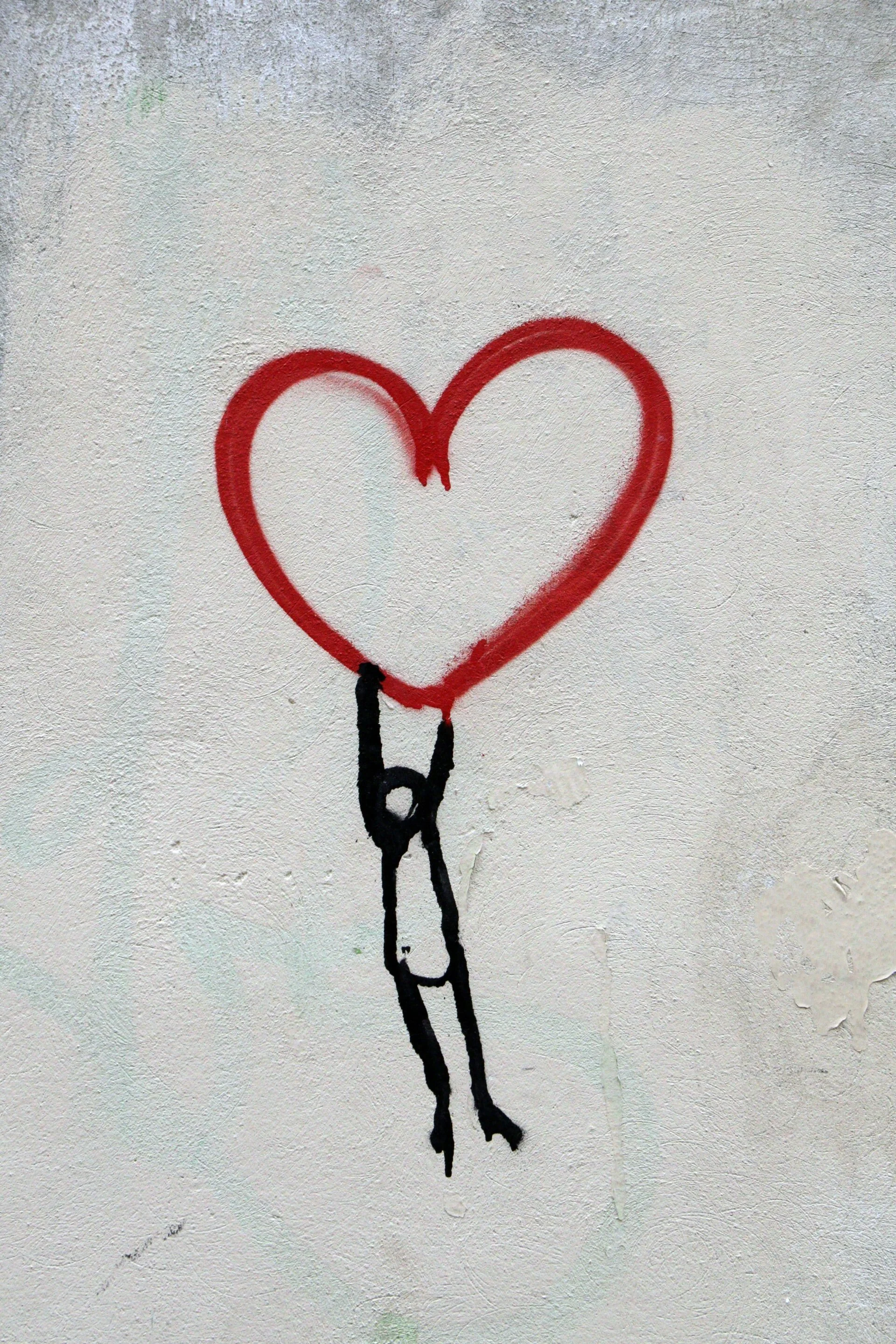"Food is sustenance, but a good hug is life itself”
A couple of months ago I read the Love Secret by Dr Susan Johnson, a book she previously titled Love Sense, which I think was a far better option as it discusses relationships in the context of building the capacity to love like a bodily sense.
I'd categorise this book as a therapy resource as it shares many insightful perspectives and some therapies that may help readers develop healthier patterns and behaviours in relationships with the self and others.
Here are some of the yummy bits I underlined (as I always do with my resource books) that I wanted to share with you, particularly as we continue to navigate our way through these strange times of the 'Great Pause' and as our relationships shift with the changes. I've also included page numbers if you do get your hands on the book and want to look these up.
The Love Secret: The revolutionary new science of romantic relationships is available online.
Loving human connection is more powerful than our basic survival mechanism: fear. (p. 23)
Food is sustenance, but a good hug is life itself. (p. 37)
To be human is to need others, and this is no flaw or weakness. (p. 42)
Emotion is what turns an object into a memento, an event into a happening, and a person into the love of your life. (p. 62)
We are designed to heal with emotion in concert with another person - not by ourselves. (p. 63)
Emotion is so powerful it can overtake us in less than a second. (whoops, forgot this one but it will be between p. 63 and 66 - and I can't look it up today as I loaned the book to a friend!)
Emotion is actually nature’s exquisitely efficient information-processing and signalling system, designed to rapidly reorganise behaviour in the interests of survival. (p. 66)
Emotion is contagious; we literally “catch” each other’s sentiments and feel what the other person is feeling, and this is the basis of empathy. (p. 68)
Psychologist Matthew Lierberman in LA has demonstrated with an fMRI study that naming an emotion calms the emotional centre of the brain ... Naming an emotion begins the process of regulating it and reflecting on it. (somewhere on p. 68 -70)
What we name we can tame; when we give meaning to something, we can tolerate it and even change its impact. (p. 70)
Emotional cues are triggered and picked up by the thalamus, a structure deep in the brain, and given a fast read to identify which emotion is called for and ready the body to act. The information is then relayed onward ... if immediate reaction is required when there is a threat, the message goes straight to the amygdala. If there is no urgency, information travels to the frontal cortex before heading to the amygdala. The cortex is the thinking part of the brain; it assesses the exact meaning and significance of the stimulus. Finally, the body responds... (p. 71)
When we suppress emotions, our heart rate speeds up and stress chemicals pour out. We see people suppress, suppress, suppress and then blow like a volcano. (somewhere on p. 71-73)
Smothering emotion is bad not just for us but also for our relationships. The other person also picks up on our strain and becomes stressed as well. (somewhere on p. 71-73)
The most functional way to regulate difficult emotions in a relationship is to share them. (somewhere on p. 71-73)
The complicating issue is that the partner we share with is also often the trigger for our bad feeling. (p. 73)
Different ways people deal with their emotions can become part of a script, a pattern in the relationship, and if the script becomes fixed, the relationship is in trouble. (p. 76)
If you do get your hands on this book and would like to chat through anything it brings up, please reach out. Some of the information seems 'common sense' but somehow I find I lose some of this when caught up in the love feelings, so a reminder is always welcome!
Take care of you and enjoy the day. xo
Photo by Nick Fewings on Unsplash
